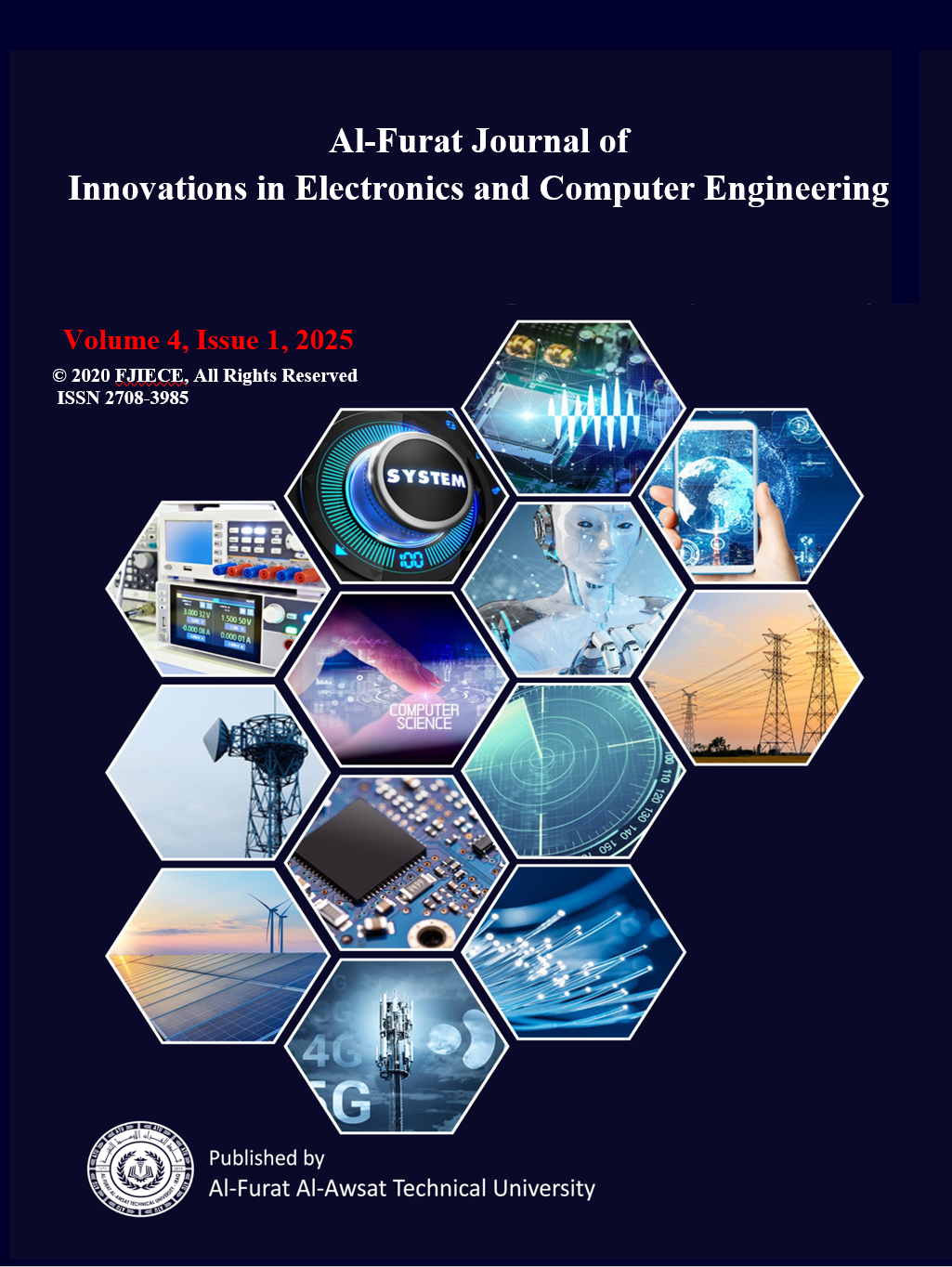Modified Algorithm for Shortening Path Kruskal Algorithm to Communicate Between the Patient and The Ambulance During COVID-19
Keywords:
COVID-19, shortest path, Kruskal algorithm, linked lists, minimum spanning treeAbstract
The COVID-19 virus has highlighted the critical need for efficient and rapid communication between patients in distress and emergency medical services, especially ambulance dispatch systems. The following research paper presents a adapted algorithm intended to adjust the Kruskal method for shortening pathways in communication networks linking patients and ambulances through critical situations, confirming timely reply and effective resource distribution. The suggested method takes into reflection the unique challenges posed by COVID-19, as well as the essential to minimize patient-ambulance interaction to decrease the risk of viral transmission. This article shows a new technique, which effects real-time data on COVID-19 contagion rates, indications of patients, ambulance obtainability, and geographical info. In this case, we clarify how by adding these features to the Kruskal algorithm, we reach the finest paths for the best dispatch of ambulances with a perspective of minimizing the spread of the virus. The revised algorithm is designed to focus on routes with the fewest stops and contact points, enabling faster response times and reducing opportunities for disease spread. Furthermore, we present a case study demonstrating the effectiveness of our adapted algorithm in a simulated emergency reply scenario during the COVID-19 pandemic. Comparative analysis with traditional path-shortening algorithms showcases the superior concert of our approach in terms of reply time and safety. This shows delivers a valued effect to the field of emergency medical services, offering a practical solution to address the tests posed by COVID-19 while improving overall response efficiency. The modified algorithm can be seamlessly integrated into existing ambulance dispatch systems, helping healthcare providers and emergency responders make informed decisions that prioritize both patient well-being and public health safety during these unprecedented times.





